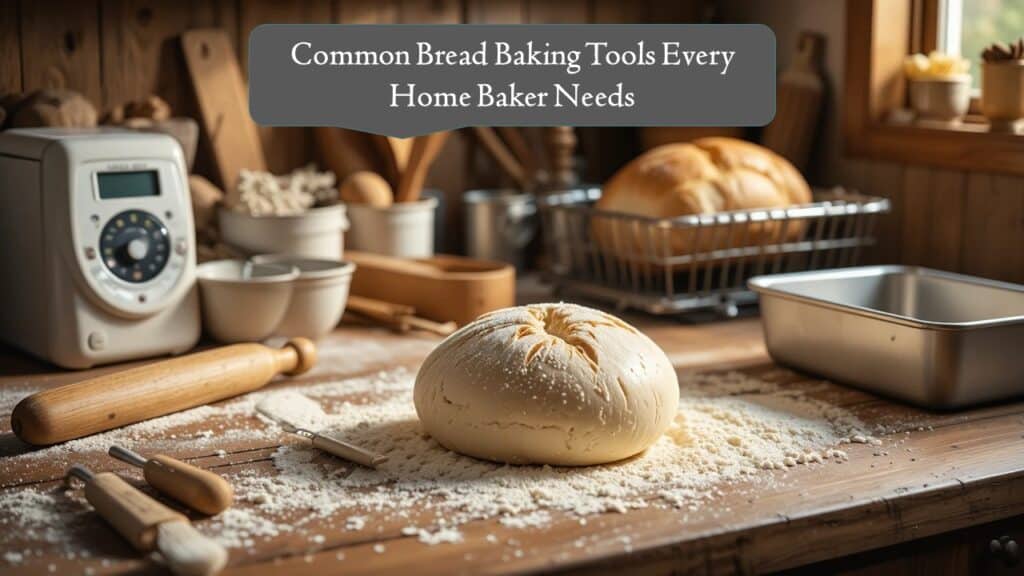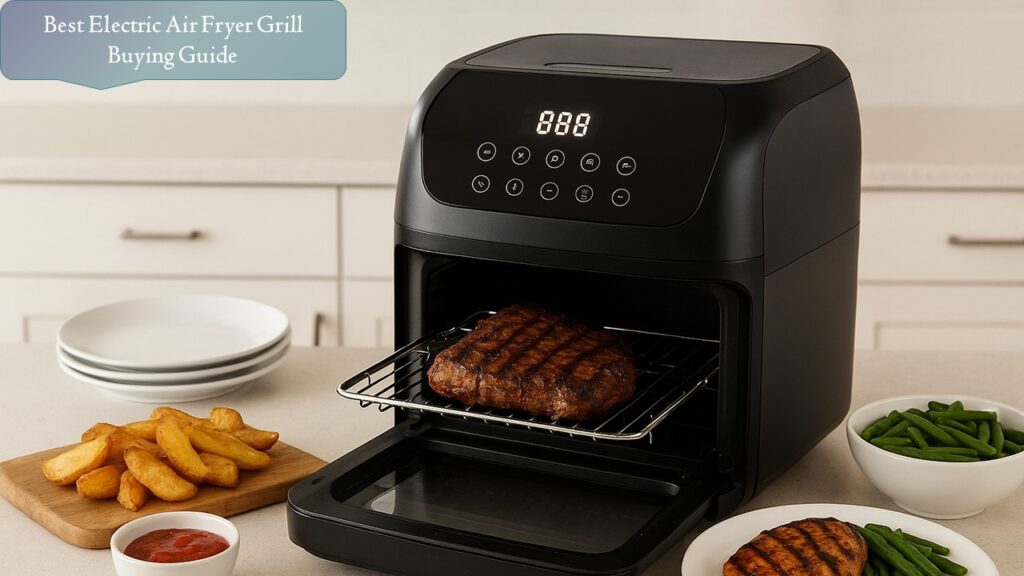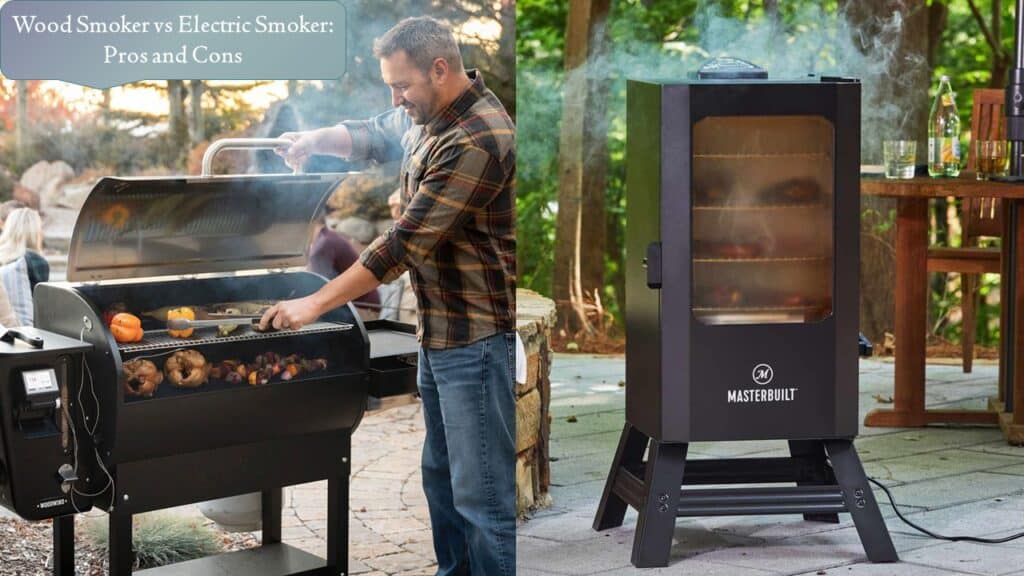There’s something magical about the smell of freshly baked bread filling your kitchen. The soft, pillowy crumb, the golden crust, and the satisfaction of creating it from scratch — it’s an experience every home baker treasures.
But while passion and good ingredients are essential, having the right tools can make all the difference between a mediocre loaf and a bakery-quality masterpiece.
Whether you’re just starting your bread-making journey or looking to upgrade your setup, this guide walks you through the essential bread baking tools every home baker needs, why they matter, and how they improve your baking results.
-
Mixing Bowls: Your Bread’s First Home
Every loaf begins in a humble mixing bowl. A sturdy, spacious bowl gives your dough room to rise and makes mixing easier.
What to Look For:
- Material: Stainless steel, glass, or plastic are all great options.
- Size: Choose one large enough to handle your dough doubling in size.
- Non-stick surface: Easier to clean and less dough sticking.
Pro Tip: Stainless steel bowls are lightweight, durable, and perfect for keeping dough cool — ideal for long fermentation processes.
-
Kitchen Scale: For Perfect Accuracy
If you’ve ever wondered why your bread doesn’t turn out the same each time, chances are it’s due to inconsistent measurements.
A kitchen scale ensures precision, especially since baking is more science than art. Measuring ingredients by weight rather than volume gives you consistent dough texture, hydration, and results.
- 𝗣𝗲𝗿𝗳𝗲𝗰𝘁 𝗳𝗼𝗿 𝗕𝘂𝗹𝗸 𝗖𝗼𝗼𝗸𝗶𝗻𝗴 & 𝗣𝗿𝗲𝗽: With a...
Why It Matters:
- Accurately measure flour, water, and starter.
- Easily adjust hydration levels for different recipes.
- Prevents over- or under-proofed dough.
Pro Tip: Look for a digital kitchen scale with a tare function so you can zero out your bowl and measure ingredients directly.
-
Dough Scraper or Bench Scraper
This is one of those small tools that quickly becomes indispensable. A dough scraper helps you lift, cut, and fold sticky dough without making a mess.
- Sharp bench scraper chopper: The pastry scraper is made from premium 430 stainless steel which is anti-rust and...
Uses:
- Dividing dough evenly for rolls or baguettes.
- Cleaning flour or dough residue from your counter.
- Transferring dough from surface to pan without deflation.
Pro Tip: Opt for a metal scraper for heavy-duty use and a plastic one for bowl scraping.
-
Proofing Basket (Banneton)
If you’re aiming for professional-looking loaves with a beautiful spiral pattern and strong shape, a banneton basket is essential.
- Natural Rattan Cane Material - Our banneton bread proofing baskets are made of Indonesian natural rattan cane, which are...
It supports the dough during the final rise, helping it maintain structure and develop that lovely artisanal texture.
Types:
- Cane or rattan: Traditional and breathable, creating a crisp crust.
- Linen-lined: Prevents sticking for softer doughs.
Pro Tip: Lightly dust your banneton with rice flour before placing the dough to prevent sticking.
-
Dutch Oven or Bread Cloche
The secret to a perfect crispy crust at home? Steam — and a Dutch oven creates that ideal baking environment.
Its heavy lid traps steam released from the dough, mimicking a professional steam-injected oven and resulting in a golden, blistered crust.
- Suitable for 7-8 people: The 7 quart enamel Dutch oven is the choice for cooking food and desserts. Its design makes...
Why It’s a Must-Have:
- Provides even heat distribution.
- Retains steam for better oven spring.
- Perfect for sourdough, rustic loaves, and no-knead recipes.
Pro Tip: Preheat your Dutch oven before adding the dough for a dramatic rise and crisper crust.
-
Bread Lame or Sharp Scoring Blade
Scoring bread is more than decorative — it’s functional. It allows gases to escape during baking, preventing your loaf from bursting in random spots.
Choose a Bread Lame That:
- Has a comfortable grip.
- Uses replaceable razor blades.
- Offers control for clean, artistic cuts.
Pro Tip: Lightly flour the dough before scoring to make the cuts stand out beautifully after baking.
-
Oven Thermometer
Most home ovens run hotter or cooler than their settings indicate. A few degrees off can dramatically affect your crust and crumb.
- PERFECT DONENESS, EVERY TIME: This smart cooking thermometer takes away guesswork with real-time internal temperature...
An oven thermometer helps you maintain accurate temperature control — a critical factor in bread baking success.
Why It’s Important:
- Ensures precise baking temperature.
- Prevents underbaked or burnt loaves.
- Helps when switching between convection and conventional modes.
Pro Tip: Position it in the center of your oven for the most accurate reading.
-
Instant-Read Thermometer (for Bread)
Knowing when your bread is actually done can be tricky. Color alone isn’t always reliable.
- 🥇 Voted #𝟭 𝗺𝗶𝗱-𝗽𝗿𝗶𝗰𝗲𝗱 𝘁𝗵𝗲𝗿𝗺𝗼𝗺𝗲𝘁𝗲𝗿 by America's Test...
An instant-read thermometer gives you a quick internal temperature check — ensuring your bread is baked through without being dry.
Ideal Internal Temperatures:
- White or enriched bread: 190°F (88°C)
- Whole wheat or rye: 200°F (93°C)
- Artisan sourdough: 205–210°F (96–99°C)
Pro Tip: Insert the probe into the center of the loaf for the most accurate reading.
-
Silicone Baking Mat or Parchment Paper
No one enjoys scrubbing burnt flour off baking sheets. Silicone mats and parchment paper keep cleanup easy and prevent sticking.
Advantages:
- Non-stick surface.
- Reusable and environmentally friendly (silicone mats).
- Ideal for rolling out dough or baking flatbreads.
Pro Tip: If baking on a pizza stone or steel, parchment paper helps transfer dough without losing shape.
-
Cooling Rack
Once your bread is out of the oven, it still needs to breathe. Cooling it directly on a solid surface traps steam, leading to a soggy crust.
- 【Healthy Material】 The baking sheet with wire rack are made of high quality stainless steel without any chemical...
A wire cooling rack allows air to circulate freely around your loaf, keeping the crust crisp while letting internal moisture escape.
Pro Tip: Wait at least 1 hour before slicing to preserve the perfect crumb structure.
-
Kitchen Thermometer & Hygrometer (Bonus Tool)
If you bake sourdough or use long fermentation, temperature and humidity matter.
A kitchen thermometer and hygrometer combo help you monitor your dough environment for consistent results.
Ideal Conditions:
- Room temperature: 75–78°F (24–26°C)
- Humidity: 60–75% for smooth fermentation.
-
Optional But Handy Tools
- Stand Mixer with Dough Hook: Saves arm strength during kneading.
- Misting Bottle: For adding steam to the oven.
- Pastry Brush: Perfect for applying egg or milk washes.
- Digital Timer: Helps track proofing and baking times accurately.
These may not be essentials, but they make the bread-making process smoother and more enjoyable.
Conclusion:
Baking bread at home doesn’t require a professional setup — just the right tools and a little patience. Each tool plays a unique role:
- The Dutch oven ensures the perfect crust.
- The banneton shapes your loaf beautifully.
- The scale and thermometer guarantee precision every time.
By gradually building your collection, you’ll turn your kitchen into a mini artisan bakery where every loaf comes out better than the last.
So, whether you’re kneading your first dough or chasing that ideal sourdough blister, having these common bread baking tools will make the process more rewarding and your results more consistent.






![CHEF iQ Sense [2025 Model] | Smart Wireless Meat Thermometer | 2 Ultra-Thin...](https://m.media-amazon.com/images/I/41baSuZ6dkL._SL160_.jpg)







